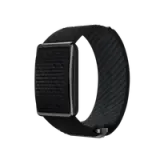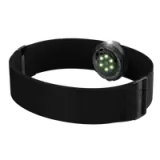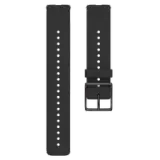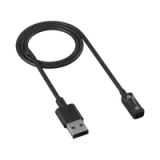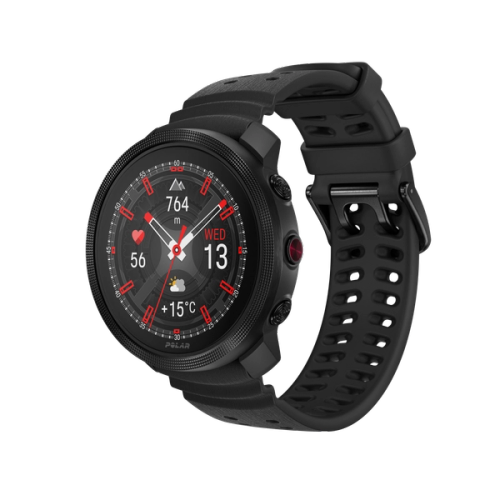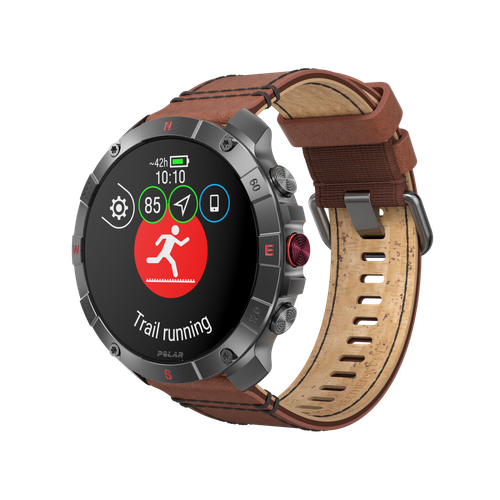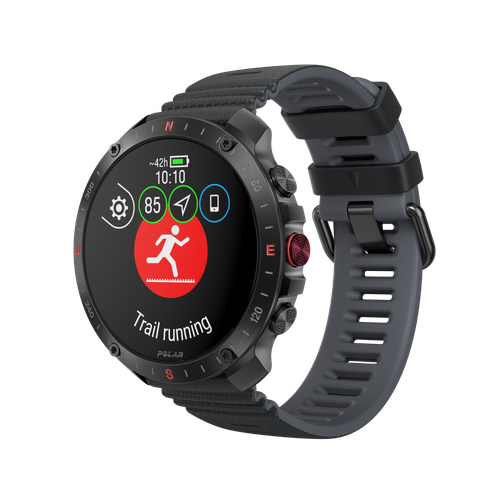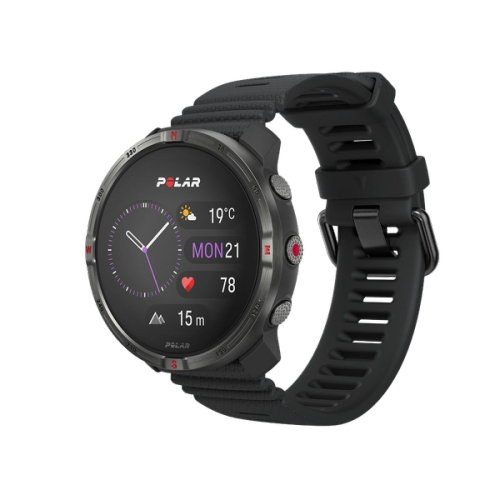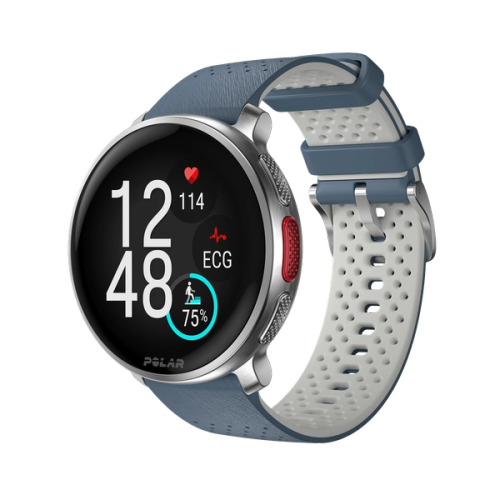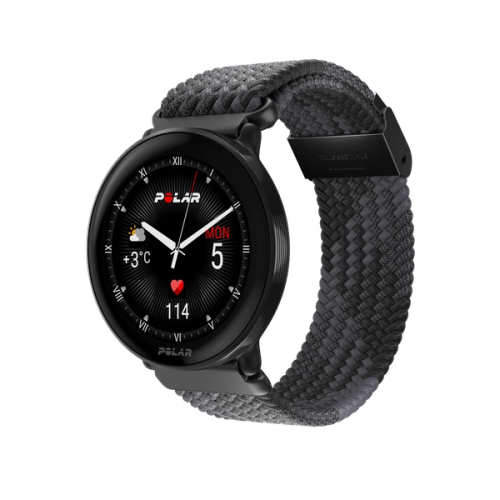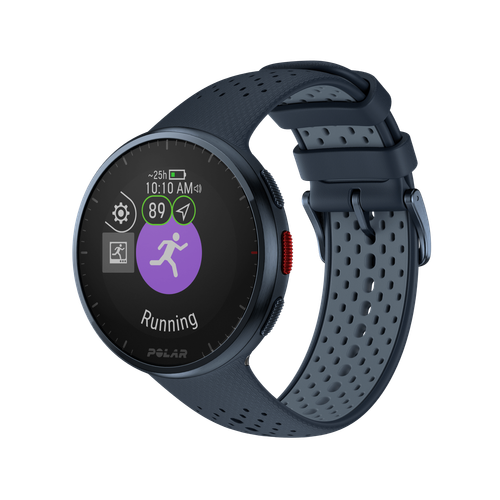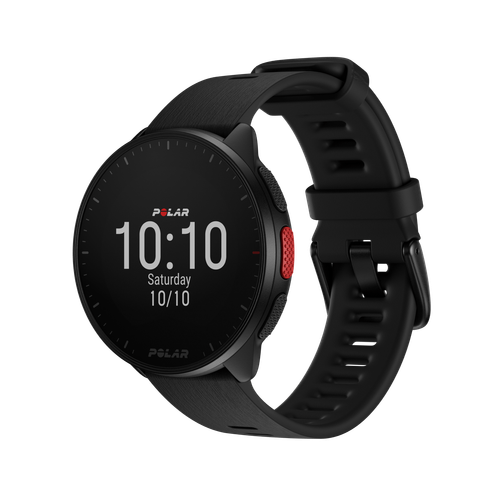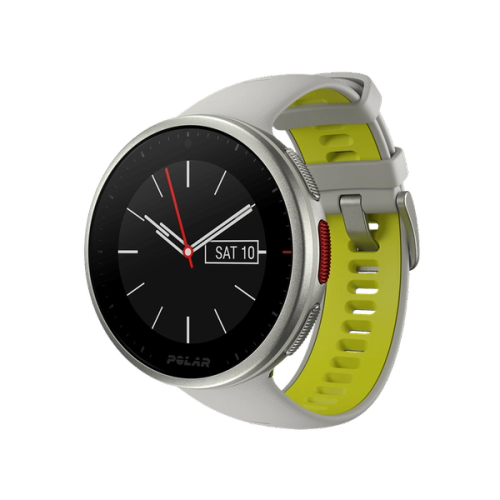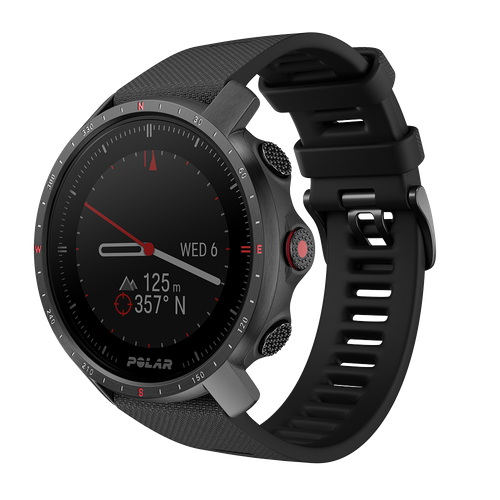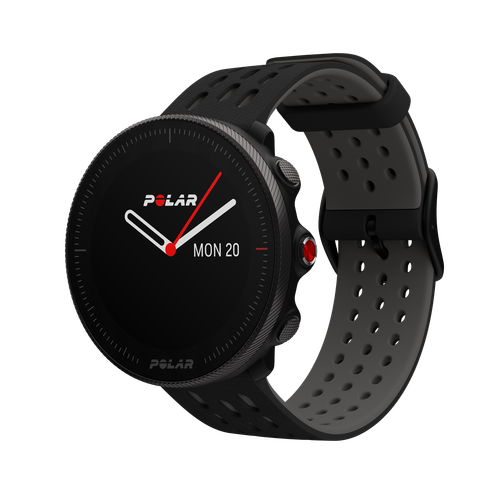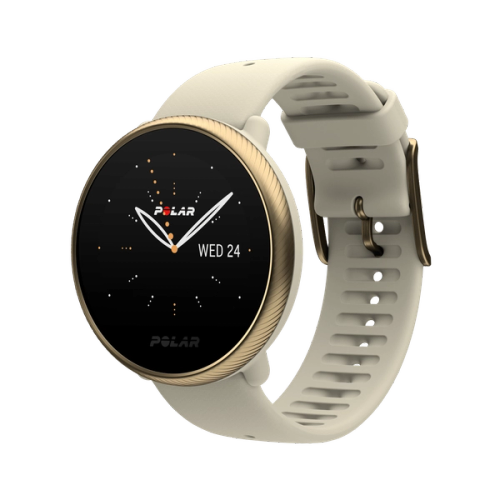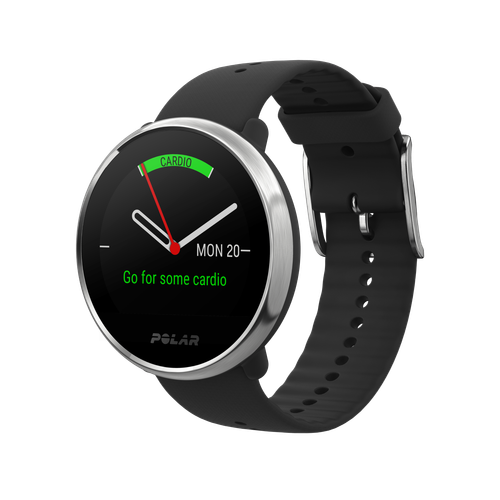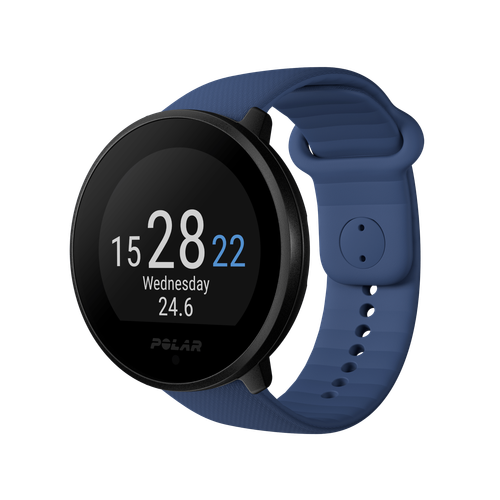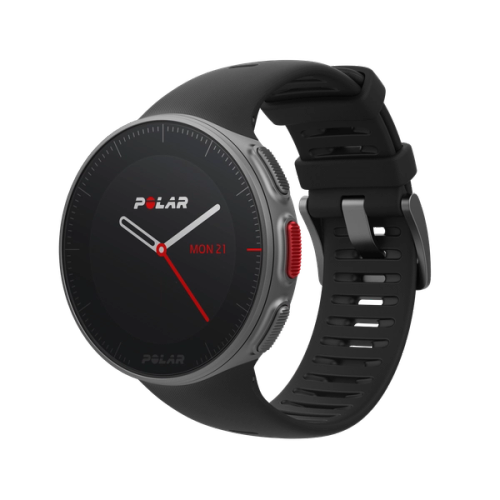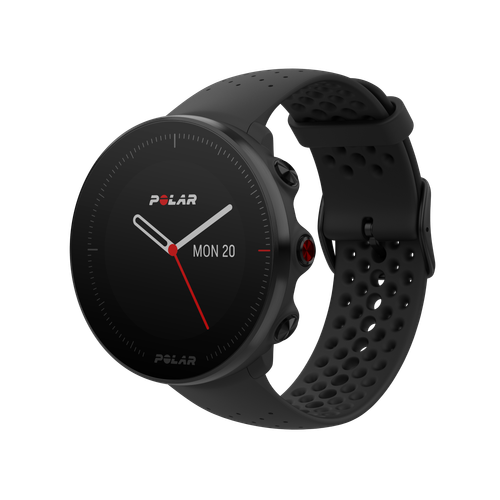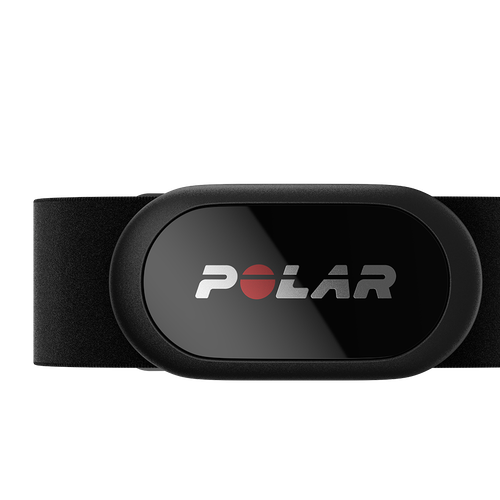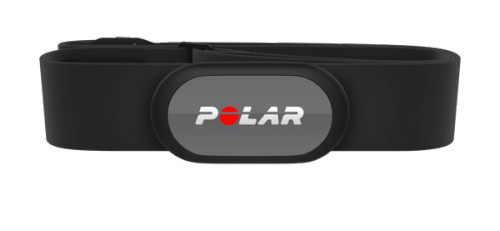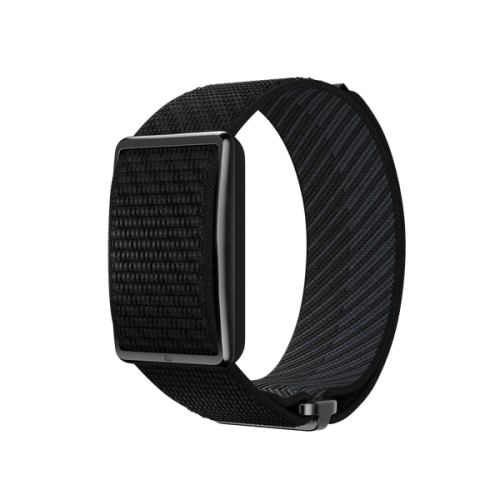Once upon a time, being fit meant the difference between a full belly and a growling stomach. Our ancestors were natural-born athletes, chasing down woolly mammoths and training to be Spartan warriors. It was a time when yoga was a spiritual as well as physical practice, and survival of the fittest was more than just a saying.
As civilizations rose and fell, so did our workout routines. From the jousting knights of the Middle Ages to the VHS tape workouts of the 90s, the history of our physical culture is a wild ride.
A brief ancient history of physical culture
From cavemen to Confucius, we've come a long way. Let’s dive into the fascinating world of exercise history and see how those old-school moves crept their way into our modern fitness routines.
The Good Old Days: Hunting, Gathering, and Getting Down (pre-10,000 BCE)
Once upon a time, our ancestors were lean, mean, hunting machines. They didn’t have gyms or personal trainers; their gym was the great outdoors, and their trainers were saber-tooth tigers. These folks were nomads, which is fancy speak for "professional wanderers." They’d roam around, chasing after animals and picking berries like it was their job (spoiler alert: it was). When they weren't out being all Bear Grylls, they were probably dancing around campfires or inventing new and exciting ways to avoid work.
The Downhill Slide: Farming and Couch Potatoes (10,000-8,000 BCE)
Then came the big idea: let’s stop chasing food and grow it instead. This brilliant plan, known as the Agricultural Revolution, was the beginning of the end for the fit and fabulous lifestyle. People started settling down, getting comfy, and trading their spears for shovels. It was like swapping a CrossFit challenge for a lifetime Netflix subscription. Sure, they had more food, but they also invented boredom and back pain.
Meanwhile, in Greece, they were all about the six-pack. The Greeks believed that looking good was as important as being smart, so they invented gymnastics and spent hours sculpting their bodies. It's like they were the original influencers.
Ancient Wisdom: Yogis, Greeks, and Other Fit Folks (2500-200 BCE)
While the rest of the world was busy getting lazy, some smart cookies were onto something. In India, for instance, they came up with yoga – a system of poses and breathing that's basically meditation with a workout disguise. They figured out that bending yourself into a pretzel could be good for your body and soul.
Meanwhile, in Greece, they were all about the six-pack. The Greeks believed that looking good was as important as being smart, so they invented gymnastics and spent hours sculpting their bodies. It's like they were the original influencers.
The Persian Powerhouse and Confucius Cool (4000-250 BCE)
Let’s talk about the Persians for a sec. These guys were obsessed with fitness, but for a totally different reason: they wanted an army of super soldiers. So, they turned all their kids into tiny Spartans, training them from a young age to be fighting machines. It worked, too. They conquered half the world.
Over in China, Confucius was dropping wisdom bombs about health and happiness. He figured out that sitting around all day wasn’t great for you and suggested that Kung Fu should be for everyone, not just the military and religious folks. It was basically yoga for people who like to pretend they're fighting a dragon.
The Great Fitness Comeback (476-1400 CE)
After the Romans fell and things got a bit dark and medieval, people went back to basics. No more wine and cheese parties; it was back to hunting, gathering, and generally roughing it. So, while the Middle Ages might not sound glamorous, it was probably great for your abs.
And there you have it – a brief and extremely entertaining history of human fitness. Now, let's look at how we long jumped into the future.
undefined

Polar Vantage V3
Premium Multisport Watch
An ensemble of biosensing instruments, AMOLED display, dual-frequency GPS, maps, and the most comprehensive suite of training and recovery tools on the market. The stage is set, and the Polar Vantage V3 smart sports watch is ready to put in the performance of a lifetime.
From Courtiers to Combat: A Brief History of Pre-WWII Exercise
Before gym memberships and protein shakes, fitness was a mix of practical necessity, social status, and, let's be honest, a bit of vanity. From the elegant dance halls of Renaissance Italy to the trenches of the Great War, humans have been finding ways to break a sweat.
The Renaissance was a golden age for looking good, and that included looking fit. Courtly love demanded grace and agility, so nobles practiced fencing, dancing, and horseback riding. Think CrossFit, but with fancier clothes. Meanwhile, the peasants were busy huffing and puffing in the fields, building muscle mass the old-fashioned way: hard labor.
The Industrial Revolution brought a sedentary lifestyle to many, but it didn’t kill the fitness bug. The Victorian era saw a rise in health clubs and gymnastics. Women, confined to corsets and delicate pursuits, were often prescribed “Swedish drill” – a form of physical education that was more about posture than powerlifting. Men, on the other hand, were into heavy lifting and strongman competitions.
The late 19th and early 20th centuries were a hotbed of fitness experimentation. Physical culture, a movement that combined exercise with hygiene and nutrition, gained popularity. People were obsessed with bodybuilding, and strongmen like Sandow became celebrities. This was also the era of the first organized sports, from football to boxing.
Then came the two World Wars. Once again, survival became the focus and people were too busy to worry about much else. Post-war, there was a renewed focus on health and recreation. People wanted to escape the horrors of war and find solace in physical activity. This laid the groundwork for the fitness boom that would explode in the decades to follow.

The arrival of our current (Fitness) Information Age
From the post-war boom to the digital age, fitness has morphed more times than a Kardashian. Once a pursuit for the elite, it's now a global obsession, a blend of science, style, and sweat. We’ve gone from swinging kettlebells like cavemen to tapping away on our fitness trackers like futuristic space cadets. Let's dive into the different decades of our Information Age, full of wild workouts and wonder.
1950s
The 1950s were a weird and wonderful time for fitness. On the one hand, we had people like Lotte Berk, a woman so ahead of her time she named her exercises things like "peeing dog." She basically invented barre workouts before barre workouts were cool and turned her studio into a celebrity hotspot.
Then there was Jack LaLanne, the original fitness guru. He was like the Arnold Schwarzenegger of the '50s but with better hair and a penchant for crazy stunts. He invented exercise equipment, was a TV star, and basically paved the way for everyone from Richard Simmons to Jillian Michaels.
But it wasn't all sunshine and muscle-building. A study came out that basically said American kids were a bunch of wimps compared to their European counterparts. This caused a total panic, and the government was like, "Let's make everyone do push-ups!" So, thanks to that, we can blame the government for school gym classes.
And then there's the computer. This shiny new invention was supposed to make our lives easier, but it ended up turning us into couch potatoes. It’s like the universe was playing a cruel joke on us. People started getting fatter, and doctors realized that sitting on your butt all day was basically a death sentence.
And then there's the computer. This shiny new invention was supposed to make our lives easier, but it ended up turning us into couch potatoes. It’s like the universe was playing a cruel joke on us. People started getting fatter, and doctors realized that sitting on your butt all day was basically a death sentence.
1960s
The '60s were a decade of change, and the fitness world was no exception. It was the era when gyms started to look less like glorified garages and more like places you'd actually want to spend time.
First up, we have Bally Total Fitness, the original gym chain overachiever. These guys were the Kardashians of the fitness world, all about glitz, glamor, and long-term contracts. They basically invented the idea of signing your life away for a six-pack.
Then there’s Gold’s Gym, the bodybuilding bible. They figured out that franchising was the secret to world domination, and it worked. Now, you can find a Gold’s Gym practically anywhere, even if you have to climb a mountain to get there.
Next, we have Midtown Tennis, the tennis snob of the fitness world. They were like, "Hey, let's put tennis indoors because we're fancy." And people were like, "You genius!" This was the beginning of the mega-gym era.
For the ladies, Lucille Roberts was the hero. She realized that women didn’t want to lift weights next to a bunch of dudes, so she created a gym where they could feel comfortable. It was like the original female-friendly fitness space.
Dr. Kenneth H. Cooper was the fitness evangelist of the decade. He was basically telling everyone to get off their butts and go for a run. His book, "Aerobics," was the self-help book of its time, except instead of telling you how to find yourself, it told you how to find your heart rate (more on that later).
And let’s not forget about Jazzercise. It was basically aerobics with a disco beat. If you survived a Jazzercise class in the '70s, you deserved a medal.
Finally, we have the humble stability ball. It started life as a toy, but then smart people figured out it was actually amazing for your core. Who knew a big, bouncy ball could be so revolutionary?
A shoutout to an unsung hero, Seppo Säynäjäkangas. This Finnish fella founded Polar Electro (that’s us!) and the company went on to introduce the world’s first wireless ECG heart rate monitor, effectively launching the entire wearables industry. He basically saved us all from guessing how hard we were exercising.
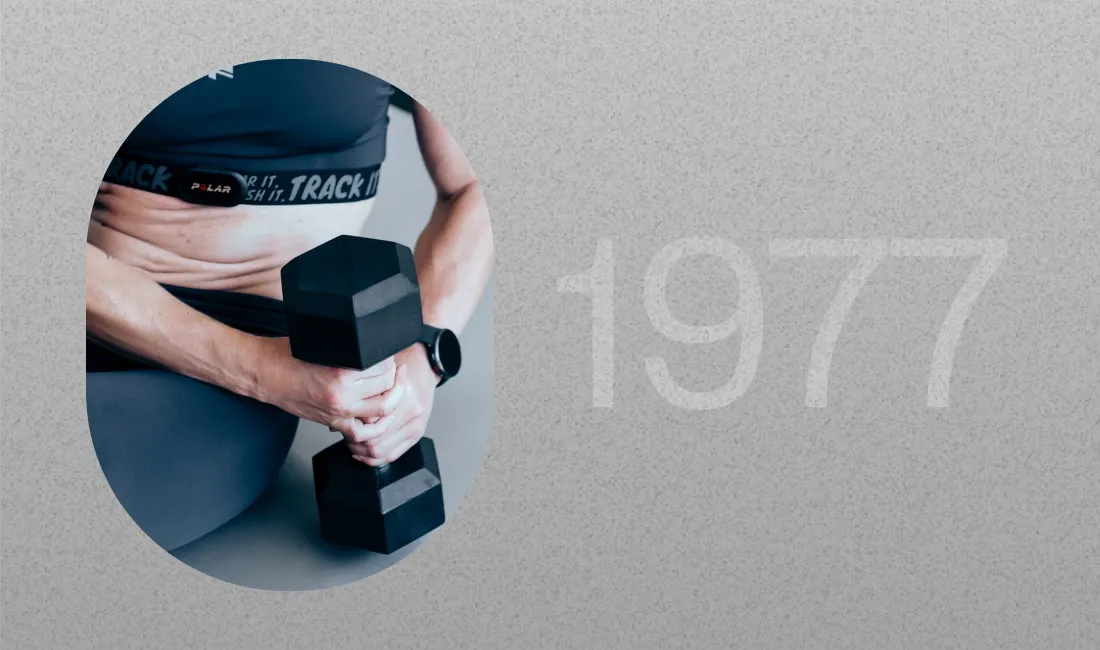
1970s
The 70s: a time of bell-bottoms, platform shoes, and, surprisingly, the birth of modern fitness as we know it. Let's dive into the decade that traded disco balls for dumbbells.
First up, let's talk about the iron game. In 1970, a behemoth known as the Nautilus® Blue Monster arrived, looking like something out of a sci-fi flick. This machine, with its curvy bits and bobs, was the daddy of weight machines, and suddenly, everyone wanted to look like a superhero.
Fast forward to 1975, and we're introduced to the treadmill, but with a twist: it was a green, grassy monstrosity that probably made you feel like Bambi on ice.
Meanwhile, on the dance floor of fitness, we had Jackie Sorensen, the queen of aerobics. She took Dr. Cooper's boring exercise routine and turned it into a sweaty, joyful party. Thanks to her, leggings became a fashion statement, and everyone was doing the grapevine while burning calories.
Then there was Frank Shorter, the marathon man who made running cool. Before him, running was seen as something you only did when in trouble. But after his Olympic gold, suddenly, everyone was lacing up their sneakers and hitting the pavement. It was like a nationwide game of following the leader, but instead of Simon, it was Frank.
Let's not forget Richard Simmons, the Energizer Bunny of exercise. With his infectious enthusiasm and love of sequins, he convinced millions that sweating could be fun. His workouts were like a group therapy session with added jumping jacks.
And finally, a shoutout to an unsung hero, Seppo Säynäjäkangas. This Finnish fella founded Polar Electro (that’s us!) and the company went on to introduce the world’s first wireless ECG heart rate monitor, effectively launching the entire wearables industry. He basically saved us all from guessing how hard we were exercising.
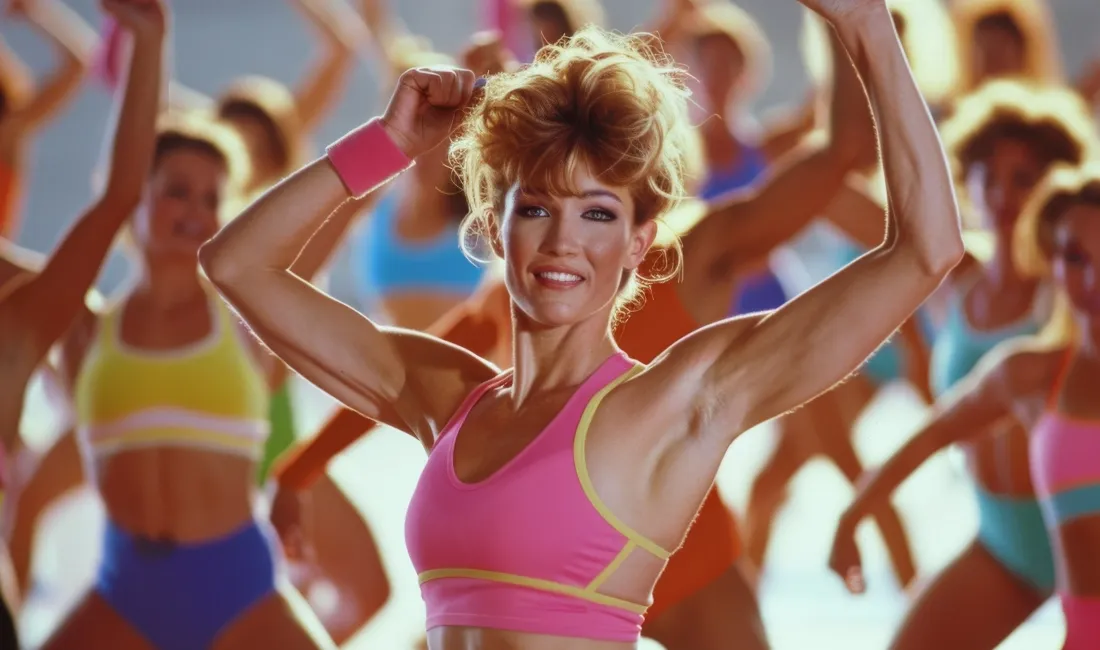
1980s
The 80s were a decade when fitness went from a hobby to a lifestyle. And while some trends were questionable (as showcased in the John Travolta film Perfect), it's undeniable that the foundation for the modern fitness industry was laid in this neon-soaked era.
First up, we have the 24-hour gym. Yes, you read that right. In 1983, someone had the genius idea to open a gym that never closed. Cue the night owls and early birds rejoicing. This wasn't your grandma's gym; it was a temple of iron with more free weights than you could shake a stick at.
Then came Jane Fonda, the fitness queen of the decade. With leg warmers and a hugely popular range of VHS tapes, she spearheaded the start of the home workout. Millions of people were suddenly doing lunges in their living rooms, convinced they were about to look like a cover model.
Next, we have step aerobics, the exercise craze that made everyone feel like a clumsy dancer. Gin Miller, the mastermind behind this step-tacular invention, probably deserves a medal for turning something as simple as a milk crate into a fitness phenomenon.
Enter the fitness police: the American Council on Exercise, or ACE for short. Founded in 1985, they were like the grammar nerds of the fitness world, making sure everyone was lifting weights correctly and not hurting themselves.
Now, let's talk about the caveman diet. Yes, you heard that right. In the 80s, people started eating like our prehistoric ancestors, convinced that raw meat and berries were the secret to eternal youth. It was like the Paleo diet before it was cool but with less Instagram.
Then came Spinning, the exercise bike craze that made everyone feel like Lance Armstrong. People were pedaling like there was no tomorrow in dark rooms, fueled by loud music and questionable amounts of spandex.
And finally, personal trainers first became popular in the 80s. These fitness gurus promised to transform you into a Greek god or goddess. For a price, of course.
Enjoying this article? Subscribe to Polar Journal and get notified when a new Polar Journal issue is out.
Subscribe
1990s
The 90s: a decade that brought us everything from budget gyms to dance-fitness crazes. It was a time when fitness became fun, and everyone wanted to get in on the action.
First up, we have McFit, the gym that proved you didn't need a juice bar and a sauna to get fit. They stripped it back to basics – weights, cardio machines, and a whole lot of sweat. It was like IKEA, but for exercise. And boy, did it catch on. Suddenly, everyone was ditching the fancy gyms for no-frills fitness.
Next, we have SilverSneakers, the golden age of exercise for elders. Because who says getting old means getting slow? This program turned retirement homes into dance floors, proving that age is just a number (and that you can still kick butt in your golden years).
Then there's the arrival of the internet. While it was busy giving us cat videos and endless scrolling, it was also making us couch potatoes. It was the beginning of a love affair with technology that would eventually lead to us ordering pizza while on the treadmill.
Enter Tae Bo, the fitness craze that made everyone feel like a wannabe martial artist. Billy Blanks, the man behind the madness, convinced us all that we could kick and punch our way to a better body. It was like aerobics on steroids (but without the steroids).
Pilates, the exercise that made you look like a human pretzel, was also gaining popularity. It was like yoga for people who wanted to impress their friends with their core strength.
Curves became the gym that said, "Girl, we've got you covered." It was a women-only space with simple, effective workout routines. It was like a secret club for ladies who wanted to lift weights and lose weight without the intimidation factor.
The government even got involved in the fitness game with the Surgeon General's Report. It was like a stern parent telling us to eat our vegetables and go for a run. But hey, it worked.
And finally, we have Zumba, the dance party workout that made exercise fun again. It was like salsa dancing with your friends, except you were actually burning calories.
Oh, and let's not forget the elliptical machine, the exercise bike's less intense cousin. It promised a low-impact workout without the boredom, but let's be honest, nothing beats a good old-fashioned run.
2000s
The 2000s: the decade that made fitness less about vanity and more about longevity. It was the beginning of a new era where exercise wasn't just a chore but a crucial part of a healthy life.
First up, we have functional training, the exercise equivalent of adulting. It's like training for life but without the boring chores. Suddenly, squatting like you’re picking up a toddler became a workout. Who knew?
Then came the Exercise is Medicine initiative, which was basically your doctor telling you to hit the gym. It was like getting a prescription for sweat but without the side effects of feeling awesome.
And finally, we have the Physical Activity Guidelines for Americans. It gave us some pretty clear instructions on how much we should be moving our bodies. Turns out, sitting on the couch watching reality TV doesn't count.
From Primates to Powerlifters
So there you have it, a whirlwind tour through the history of human exertion.
From chasing woolly mammoths to jazzercise, fitness has always been a mix of survival, vanity, and sheer boredom relief. While we may have traded spears for spin bikes, the human desire to move and groove remains as strong as ever.
But let's be honest, we're still learning more and more about fitness all the time. So, keep moving, stay hydrated, and remember: if cavemen could do it, so can you.
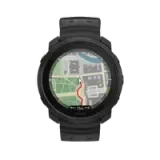 Polar Vantage M3
Polar Vantage M3
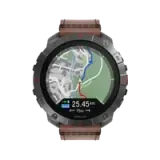 Polar Grit X2 Pro Titan
Polar Grit X2 Pro Titan
 Polar Grit X2 Pro
Polar Grit X2 Pro
 Polar Grit X2
New
Polar Grit X2
New
 Polar Vantage V3
Polar Vantage V3
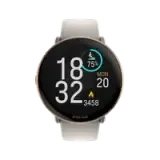 Polar Ignite 3
Polar Ignite 3
 Polar Ignite 3 Braided Yarn
Polar Ignite 3 Braided Yarn
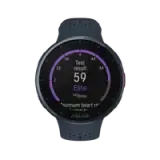 Polar Pacer Pro
Polar Pacer Pro
 Polar Pacer
Polar Pacer
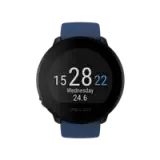 Polar Unite
Grit X Series
Vantage Series
Pacer Series
Ignite Series
Polar Unite
Grit X Series
Vantage Series
Pacer Series
Ignite Series
